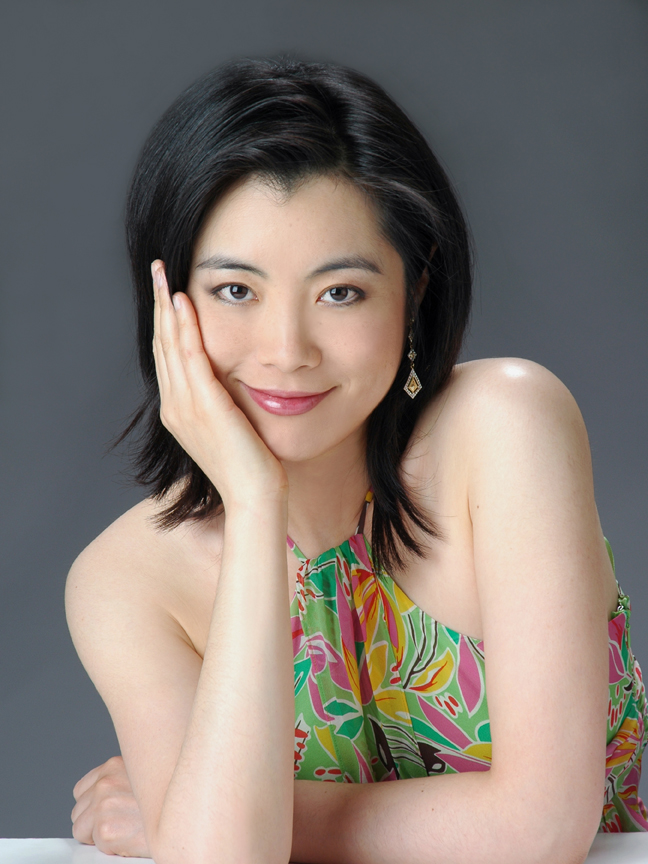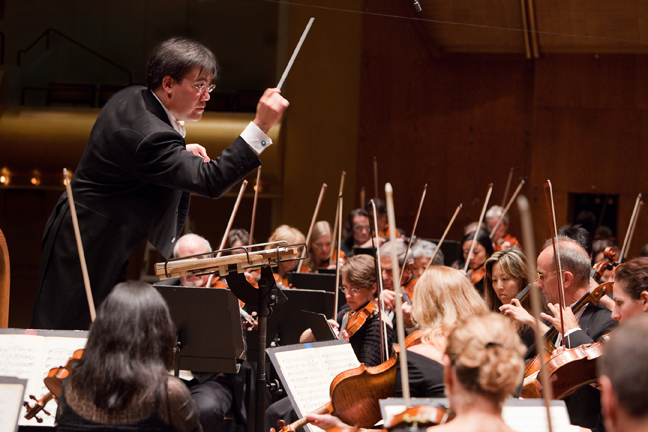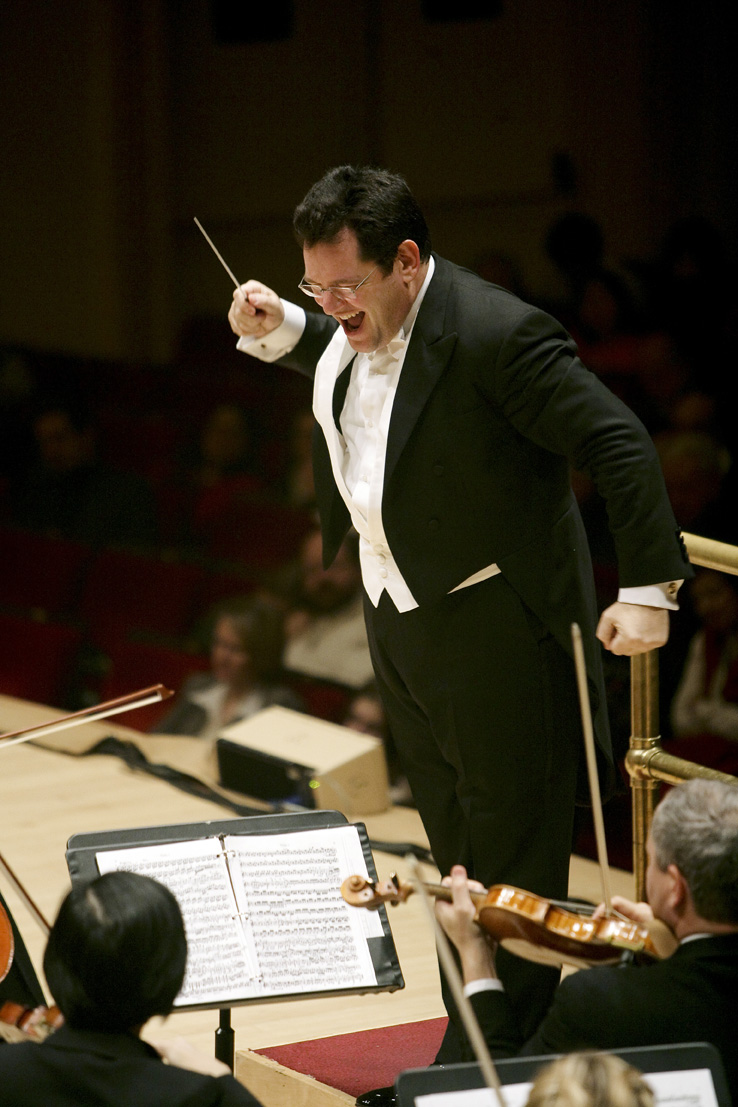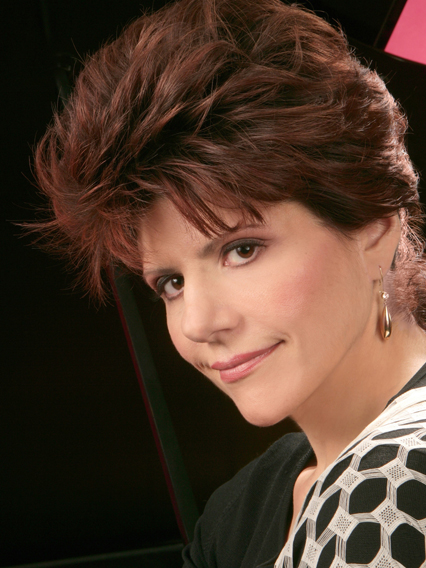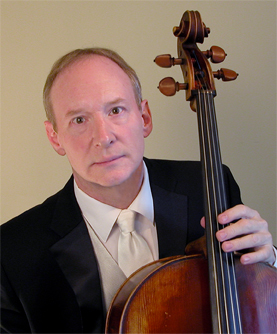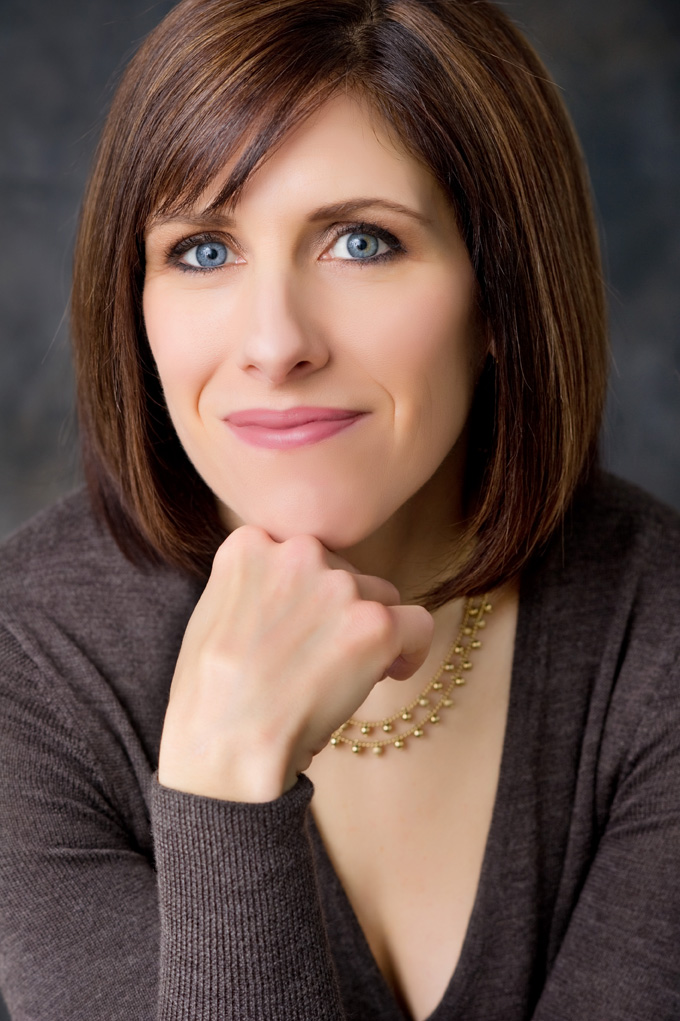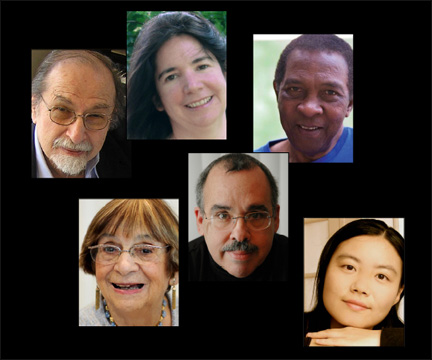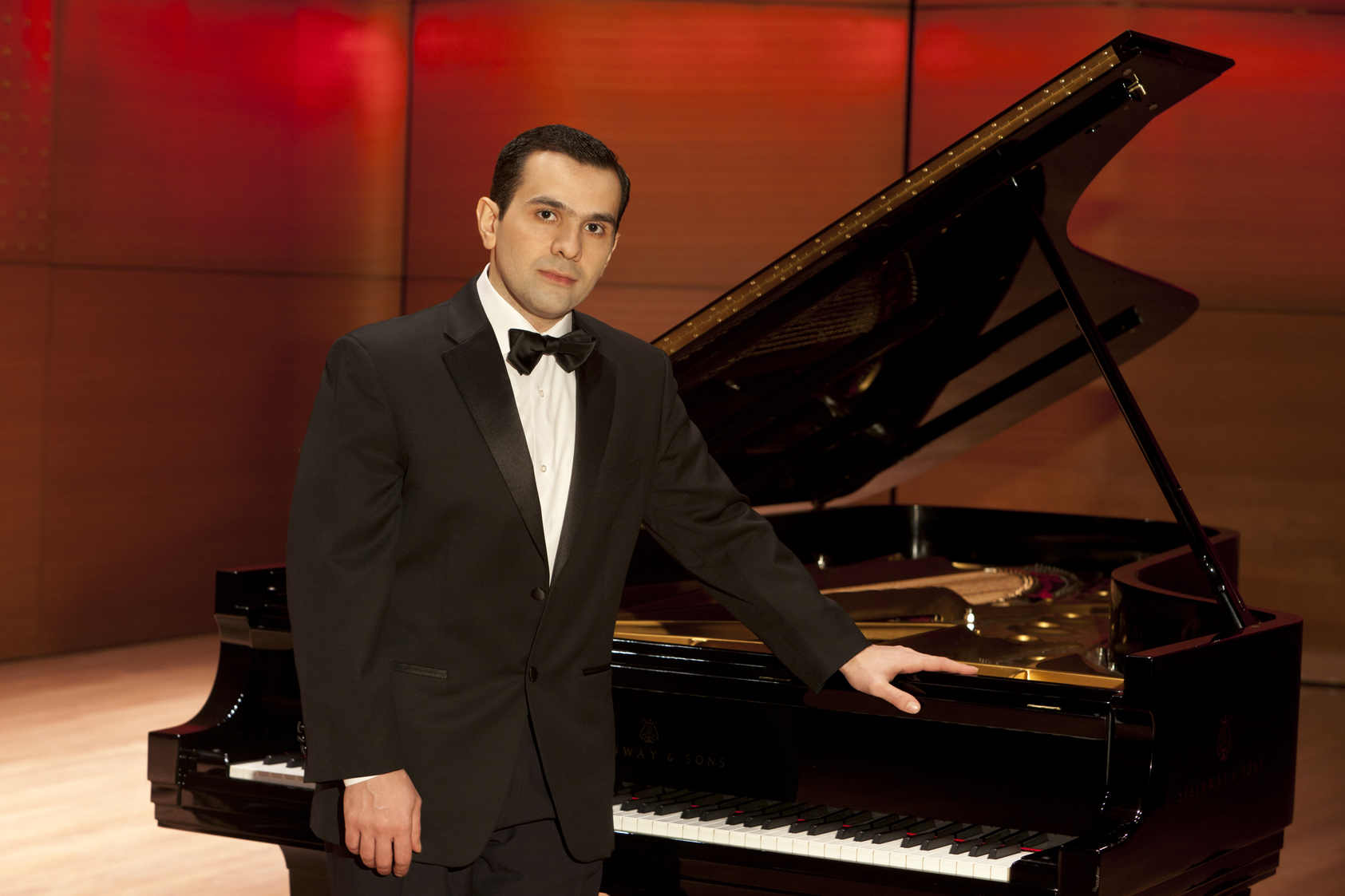Founded seven years ago, the Bradshaw & Buono Competition, administered by Cosmo Buono, Artistic Director, and Barry Alexander, Executive Director, is dedicated to discovering a new generation of highly talented classical musicians, and to helping them establish and sustain a career. Auditions are held annually; the contestants come from all over the world. The winners, divided into age groups from Elementary, Middle and High School to College and Adult Amateur, are presented in recital at prestigious concert halls.
It required two concerts to accommodate the 25 first prize winners of the 2011 Competition. Of the eleven who performed at the second one, the youngest was eight years old. Their selections ranged from Beethoven to Scriabin, Liszt and Ginastera, naturally chosen to display primarily their virtuosity and power. This added up to more fast, loud music than one would be likely to hear at a conventional recital program, inducing a sense of gratitude in the listener for every slow, soft, lyrical piece. (The slow movement of Beethoven’s Sonata Op. 111 was a real surprise.)
One of the program’s highlights for contrast was the group presented by Katarzyna Musial. Born in Poland, now living in Canada, Ms. Musial holds degrees from the University of Cracow, the Vancouver Academy of Music, and Montreal’s Concordia University. She has won prizes in the Penderecki International Competition (Cracow), the Kay Meek Competition (Vancouver), the Alban Berg Prize for outstanding merit (Vienna), and the Philip Cohen Award for outstanding performance musicianship (Montreal). At this concert, she performed two Preludes by Olivier Messiaen: “The Dove,” and “A Reflection in the Wind,” the first a gently murmurous, impressionistically shimmering piece, the second a stormy, turbulent one, and three Argentinian Dances, Op. 2, by Alberto Ginastera:”Dance of the Old Herdsman,” “Dance of the Beautiful Maiden,” and “Dance of the Arrogant Cowboy.” As the titles indicate, the first was sturdy and assertive, the second melodious and caressing, and the third wildly virtuosic, with cascading runs, heavy chords, and glissandi all over the keyboard. Ms. Musial met all these challenges head-on. Her technique is brilliant, her tone beautiful, sonorous but never harsh, with a great variety of touch, color and nuance. She had made the idiomatic rhythms and inflections of the Dances completely her own, and projected both fiery temperament and songful lyricism.


